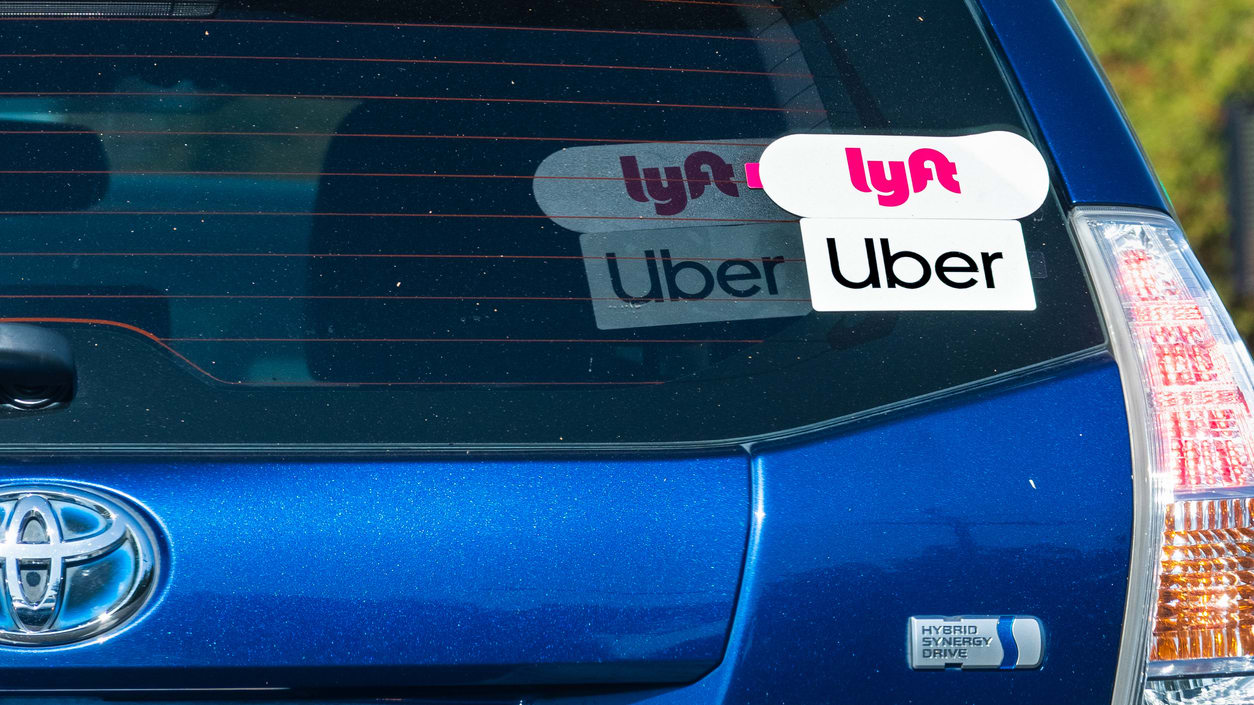California officials are suing ride-hailing service giants Uber and Lyft for allegedly misclassifying drivers as independent contractors instead of employees.
The lawsuit was brought under a new California law that makes it difficult for businesses to classify workers as independent contractors unless they meet stringent requirements under a three-part test. If the ride-hailing drivers are deemed employees under state law, they will be entitled to minimum wage, overtime pay and other benefits that are not generally provided to independent contractors.
California Attorney General Xavier Becerra is seeking millions of dollars in back pay for allegedly misclassified drivers.
We've rounded up the latest news on this topic from SHRM Online and other trusted outlets.
Workplace Protections vs. Flexibility
While California officials claim that drivers should have the same benefits as employees, Uber leaders say drivers enjoy the flexibility that comes with being an independent contractor. Becerra said, "Californians who drive for Uber and Lyft lack basic worker protections—from paid sick leave to the right to overtime pay." Uber said in a statement that it intends to fight the lawsuit and that "we need to make it easier, not harder, for people to quickly start earning" during the pandemic. Uber and other gig-economy service providers have also claimed that classifying drivers as employees would hurt their business models and force them to raise prices.
(Forbes)
The 'ABC Test'
Effective Jan. 1, AB 5 codified a 2018 California Supreme Court decision, Dynamex Operations West, Inc. vs. Superior Court of Los Angeles, which created a three-pronged test, called the "ABC test," to determine whether a worker should be classified as an employee or independent contractor.
The test used prior to the ABC test was a multifactor analysis that primarily focused on who exerted control over the work. But under the ABC test, all three of the following factors must be met for a worker to be properly classified as an independent contractor:
- The worker is free from the control and direction of the hiring entity in connection with the performance of the work, both under the contract for the performance of the work and in fact.
- The worker performs tasks that are outside the usual course of the hiring entity's business.
- The worker is customarily engaged in an independently established trade, occupation or business of the same nature as the work performed for the hiring entity.
The Dynamex decision expanded the definition of "employee" under the California Wage Orders and placed the burden on companies to prove that independent contractors are properly classified. Though this decision only applied to wage orders, AB 5 extends the ABC test to all provisions of the California Labor Code and Unemployment Insurance Code unless another definition of "employee" is provided.
Coronavirus Fuels AB 5 Debate
Coronavirus concerns have raised questions about California's strict independent-contractor test and whether it should be amended. Although gig workers and other independent contractors have access to some federal emergency relief, they generally aren't entitled to unemployment compensation. Even before COVID‑19 hit, legislators, union leaders, business groups and other key stakeholders were discussing potential amendments to AB 5.
California Voters Might Weigh In
Uber, Lyft and food-delivery service DoorDash want to see a California ballot measure in November that would allow drivers to stay independent contractors if they are provided with certain benefits. "We are looking forward to working with the attorney general and mayors across the state to bring all the benefits of California's innovation economy to as many workers as possible, especially during this time when the creation of good jobs with access to affordable healthcare and other benefits is more important than ever," said Lyft spokesman CJ Macklin.
Federal and State Law Differ
Classifying workers as independent contractors or employees was already a contentious issue in the workplace before the rise of the gig economy, and developments over the last few years have only muddied the waters more. Although California doubled down on the state's more-restrictive standard, a federal opinion letter made it easier for employers to classify a worker as an independent contractor under the Fair Labor Standards Act.




